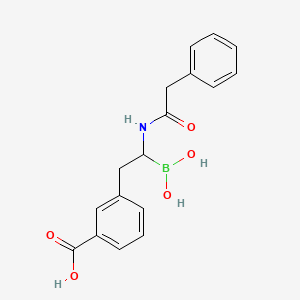|
Name: Para-Methoxymethamphetamine (PMMA), 1-(4-methoxyphenyl)-N-methylpropan-2-amine
Type: Hallucinogen
AKA: N/A

|
|
II. Natural Derivative
Synthetic substance, no natural derivative
 |

|
|
IV. History
Para-methoxymethamphetamine (PMMA) was first synthesized in the 1970s. It is a psychoactive substance with effects similar to MDMA but with significant risks. PMMA gained notoriety in the 2000s due to its appearance in illicit drug markets and associated overdose cases. Its high toxicity and potential for harm have led to increased regulatory controls.

|
|
V. Legal Information
Para-methoxymethamphetamine (PMMA), a psychoactive substance, is classified as a controlled substance in many jurisdictions due to its potential for abuse. Its legal status reflects efforts to manage its use and prevent misuse.
US Federal Schedule - I
Schedule I drugs, substances, or chemicals are defined as drugs with no currently accepted medical use and a high potential for abuse. Some examples of Schedule I drugs are: heroin, lysergic acid diethylamide (LSD), marijuana (cannabis), 3,4-methylenedioxymethamphetamine (ecstasy), methaqualone, and peyote.
Key US Federal Policies:
Controlled Substances Act. Public Law: Public Law 91-513 (text can be found on GovInfo) (https://www.dea.gov/drug-information/csa). Date enacted: October 27, 1970.
|
|
VI. Physical Effects
Para-Methoxymethamphetamine (PMMA) is a stimulant and hallucinogen introduced in the late 20th century. It acts as an upper, causing euphoria and increased energy. Physical impacts include elevated heart rate, dilated pupils, and increased blood pressure. Short-term use can lead to intense hallucinations and anxiety, while long-term use may result in cognitive impairments and cardiovascular problems. Overdose risks include severe agitation, hyperthermia, and cardiovascular distress. Safe use is challenging due to its high toxicity and abuse potential. Recent research examines its safety profile and impact on serotonin systems.  |
|
VII. Psychological Effects
PMMA, a psychoactive amphetamine, impacts serotonin and dopamine systems, leading to altered mood and perception. Immediate effects include euphoria and cognitive impairment, with long-term use potentially causing psychological issues and dependence. Research focuses on its stimulant properties and safety concerns.
 |
|
VIII. Culture
Para-methoxymethamphetamine (PMMA) is a synthetic stimulant, classifying it as an upper. Short-term use induces euphoria and increased energy, while long-term use can lead to cardiovascular issues and neurological damage. Overdose risks are high, potentially causing severe agitation, hyperthermia, and fatal outcomes. Safe dosages are not well-established, with lower doses advised. Recent research emphasizes its dangers due to its similarity to MDMA but with less predictable effects. Physical effects include dilated pupils, increased heart rate, and elevated blood pressure.
 |
